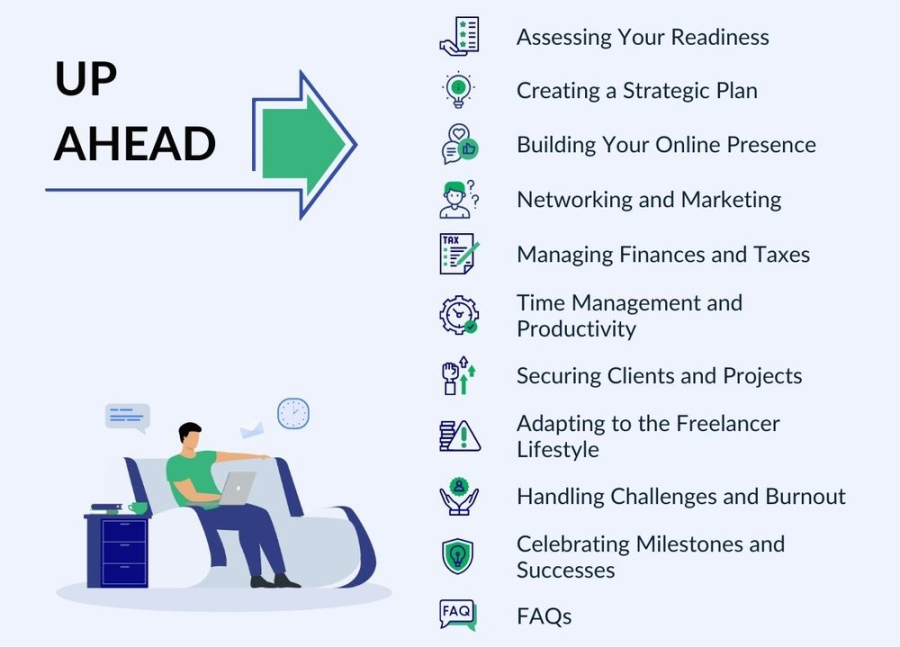How to Backup and Restore a WordPress Site
In the digital world, your WordPress site is one of your most valuable assets. Whether you’re a freelancer, a developer, or a business owner, losing your site’s content due to a crash, malware, or human error can be devastating. That’s why regular backups and knowing how to restore your WordPress website are critical for online survival. At FreelancerBridge, we help web professionals like you protect your work, reduce downtime, and maintain client trust. This guide will walk you through the importance of backing up and restoring a WordPress site—and the best practices to do it safely and efficiently.
Long Description: How to Backup and Restore a WordPress Site
Losing your website can result in lost income, reduced SEO visibility, and damage to your brand reputation. Backups act like a safety net, giving you peace of mind and control when something goes wrong. Let’s explore why backing up is essential, the methods available, and how to restore your site if needed.
🔍 Why WordPress Backups Are Essential
Before jumping into the process, it’s important to understand why backups matter:
Protection from Cyberattacks: WordPress sites are common targets for hackers. Backups let you roll back to a clean version if malware strikes.
Plugin or Theme Conflicts: New plugins or updates can sometimes crash your site. A backup allows for a quick recovery.
Hosting Failures: Not all hosting companies provide reliable backup services.
Human Error: Accidental deletions or changes can happen anytime.
Client Safety: For freelancers, having a backup plan is part of delivering professional-quality service.
✅ Types of WordPress Backups
There are multiple backup strategies you can choose from, depending on your website’s needs:
Full Backup
Includes your WordPress core files, database, media uploads, themes, and plugins.
Ideal for complete site recovery.
Database Backup
Focuses on your WordPress database: posts, pages, settings, comments, and more.
Lightweight and quicker to execute.
Incremental Backup
Backs up only what’s changed since the last backup.
Great for large sites with limited storage.
Manual vs. Automated Backup
Manual gives you full control but requires time and technical skill.
Automated backups are faster and safer for busy site owners.
🔧 Tools and Plugins to Backup a WordPress Site
There are various tools—both free and premium—that make backup and restore easy:
UpdraftPlus – User-friendly, automatic backups to cloud storage
BackupBuddy – Reliable, premium plugin with full site migration features
BlogVault – Great for freelancers managing multiple client sites
Jetpack Backup – Real-time cloud backup and 1-click restore
WPvivid – Backup, staging, and migration in one tool
Choose a tool based on your budget, needs, and ease of use.
📤 How Often Should You Backup?
The frequency of your backups depends on how frequently your website is updated:
Daily Backups – For eCommerce, membership, or frequently updated blogs.
Weekly Backups – Suitable for static websites with minor updates.
Before Major Changes – Always back up before theme/plugin updates or WordPress core updates.
Using automation ensures your backups happen without fail.
🔒 Where Should You Store Backups?
Don’t just rely on your web host. Store your backups in multiple locations:
Cloud Storage: Google Drive, Dropbox, OneDrive, Amazon S3
External Hard Drives: Good for manual backups
Local Computer: A quick-access backup version
Offsite Servers: For professional and business-grade backup strategies
Storing in multiple places reduces the risk of complete data loss.
🛠 How to Restore a WordPress Site from Backup
Having a backup is just one part of the process—you also need to know how to restore it when disaster strikes.
📍 Steps for Restoring Your Site
Access Your Backup Plugin or Tool
Use the dashboard or control panel of your backup tool to access available backups.
Choose the Right Backup Version
Select the version closest to the date when your site was working perfectly.
Initiate the Restore Process
Depending on the tool, restoration can be one-click or step-by-step.
Check for Errors
After the restore, scan the website to make sure all pages, images, and plugins are functioning correctly.
Update Credentials & Plugins
If the issue was due to a hack or outdated plugin, make sure those are fixed before going live.
Test the Site Thoroughly
Test different pages, forms, and functionalities to ensure full recovery.
🚨 Common Mistakes to Avoid
Many freelancers or site owners skip these crucial details:
Not testing backup functionality: A backup is only good if it works.
Relying only on hosting backups: These can be unreliable or incomplete.
Backing up too infrequently: Waiting weeks between backups can cause massive data loss.
Not securing backup files: Backups can be targeted if stored in unsecured directories.
Forgetting to restore database AND files: A full restoration includes both.
Avoiding these mistakes will save time, money, and headaches.
🧰 Freelancer Tips: Offering Backup Services
For freelance developers on FreelancerBridge, backups offer a business opportunity:
Provide monthly maintenance plans that include scheduled backups
Sell disaster recovery services to clients who lose access to their site
Offer website migrations backed by full backup processes
Educate your clients on the importance of backups through tutorials or checklists
This adds long-term value to your client relationships.
🧩 When to Consider Professional Help
If your website is:
Hacked and not recoverable via backup
Running complex plugins or third-party integrations
Handling sensitive or user-specific data
…it may be time to bring in professional help or a managed WordPress service provider.
Conclusion
Backing up and restoring your WordPress site is not a “someday” task—it’s a critical routine for every website owner and freelancer. Whether you’re protecting your business, your content, or your clients’ investments, reliable backups ensure that you’re always just one step away from full recovery. At FreelancerBridge, we’re committed to helping you build resilient, professional-grade websites. Don’t wait for a crisis—start your backup plan today and protect your digital future.


 by Emily
by Emily




